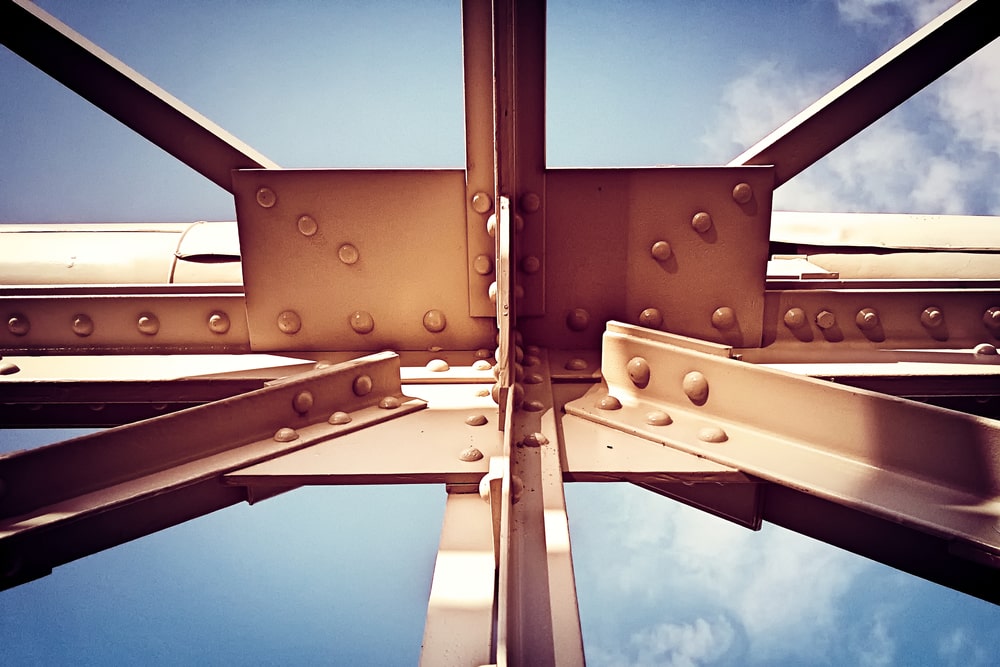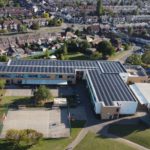Sector - Sustainability
Why Steel is Fundamental for Greener Society

Adam Wilson is head of natural resources at MBU Capital. In this feature, he writes about how steel is fundamental for a greener society.
It has been a tough year for the construction industry in 2020. But 2021 is likely to see growth return. Sure, we are likely to have economic recession in the aftermath of the global health pandemic. But unlike in the years following the Great Recession of 2008, governments are more eager to invest in job creation. And, as they look to pivot to a greener model, big investment in infrastructure is required.
The knock on effect for the steel industry will be significant.
The daily challenges of the pandemic on governments across the world has meant longer-term policy decision-making have been delayed in 2020. But news about the successes of vaccinations is cause for cautious optimism. And while the crisis is far from over, governments are now seriously contemplating their economic strategies in a post-pandemic environment to compensate for the vast rescue packages amounting to trillions of dollars that have been announced around the world.
A central question of growing urgency preoccupying governments is how to limit unemployment, create a greener society and return to economic growth. Underscoring the critical role government plays in job creation, Keynes famously said “the government should pay people to dig holes in the ground and then fill them back up.” And while each country must determine how much debt is too much debt, there is growing consensus that fiscal consolidation programmes involving spending cuts and increases in indirect taxation are not the appropriate answer to the oncoming economic crisis.
Instead, one critical step governments can take to ensure job creation is to earmark significant portions of their stimulus packages for infrastructure. Steel is central to our current transport systems, infrastructure, housing, manufacturing. And national infrastructure projects require the highest quality steel.
In the US road infrastructure is so poor that one in every three bridges on the Interstate are in need of rehab or replacement. Then it’s of little surprise that there is a growing – and bipartisan – consensus that infrastructure stands to play a particularly important role in an economic recovery. US President Joe Biden and the Democratic Party have proposed an infrastructure plan which, some say, could eventually escalate into a programme on a similar scale as Roosevelt’s New Deal. Within their plan, Democrats propose repairing existing roads and building new ones, constructing bridges and airports, hospitals and schools.
What a green revolution means for steel
Not only is steel required for infrastructure projects. But it is also critical to the sectors and technologies that will enable and drive a green economy.
Over the coming decades, governments are committing trillions of dollars to accelerate the journey to greener economies. And wind towers, solar panels and hydroelectric power plants all require high strength steel in vast quantities. Indeed, steel is critical for supplying the world with energy. Irrespective of whether a nation is dependent on nuclear technology, fossil fuels or renewables, steel is indispensable in producing and distributing this energy.
Meanwhile, new, electrically powered vehicles will drive growth for the automotive sector. And again, high strength steel is critical to this industry. In fact, the high strength steel market, which is now expected to grow by CAGR 7.4% between 2020 – 2027, is largely driven by the automotive sector.
Here in the UK, the government recently committed to phase out sales of new petrol and diesel cars and vans by 2030 to accelerate the transition to electric vehicles and investing in grants to help buy cars and charge point infrastructure.
The pandemic has not ended. But there is now light at the end of the tunnel. And now is the time for governments and investors to consider the new mega-trends that will follow. Steel is at the core of a green economy, in which economic growth and environmental responsibility work together, hand-in-hand.
If you would like to read more stories like this, then please click here
Related Articles
More Sustainability Features
- Solar on all new homes must align with 1.5 million homes target
20 Jun 25
The Government have said that solar panels will be included in the FHS, leading to installation on the vast majority of new build homes.
- The renewables revolution in the Scottish Highlands
25 Feb 25
The Highlands are at the heart of a transformative renewables revolution, poised to lead a generational shift in energy production.
- Government correct to head off Climate and Nature Bill
7 Feb 25
The ‘Climate and Nature Private Members’ Bill’, seeks to set new legally binding targets for climate and nature.






